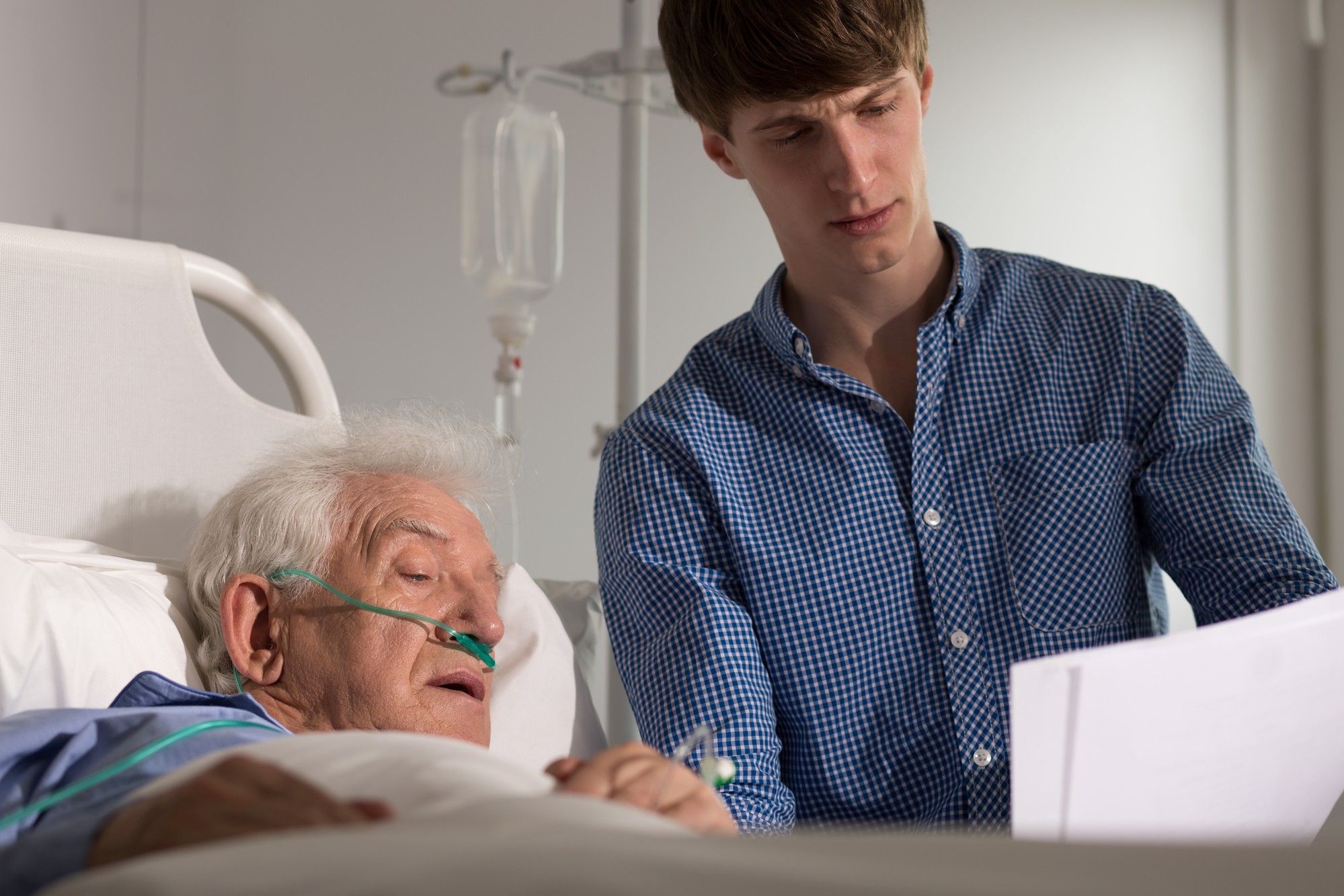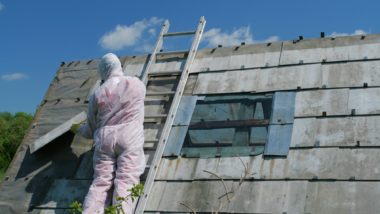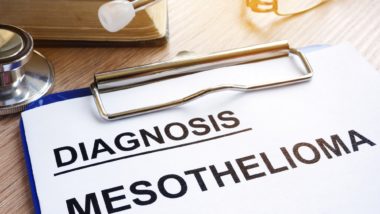Top Class Actions’s website and social media posts use affiliate links. If you make a purchase using such links, we may receive a commission, but it will not result in any additional charges to you. Please review our Affiliate Link Disclosure for more information.
People are rightfully worried when diagnosed with lung cancer as the deadly disease has a poor five-year survival rate and claims more lives each year than any other cancer type.
What Is Lung Cancer?
Lung cancer affects both men and women and is responsible for some 25 percent of all cancer deaths. In 2018, approximately 1.8 million people died from the disease.
A rare, but dangerous form of lung cancer is caused by exposure to asbestos, a fibrous mineral known to be carcinogenic to humans. If microscopic asbestos fibers are inhaled, it may cause lung cancer to develop. Asbestos was once used in a variety of industries for manufacturing and construction, but after being linked with cancer, it has become more heavily regulated. Yet many older buildings still contain asbestos, and construction and renovation projects can often include asbestos exposure.
While there are regulations in place to maintain proper protections, the Occupational Safety and Health Administration (OSHA) notes that “there is no ‘safe’ level of asbestos exposure for any type of asbestos exposure.”
Asbestos-related lung cancers have a high mortality rate, often due to the difficulty in diagnosing these cancers before they advance to the late stages.
How Long Can You Live After Being Diagnosed With Lung Cancer?
According to the American Lung Association, patients who are diagnosed with lung cancer before the disease has spread to other organs have a five-year survival rate of about 56%. However, only 16 percent of patients are diagnosed in the early stages. Once cancer has spread to other organs, the five-year survival rate drops to about 5%. More than half of those diagnosed with lung cancer die within a year of diagnosis.
How Is Lung Cancer Diagnosed?
In many cases, chest x-rays are able to detect lung cancer. Although chest x-rays are generally useful for detecting larger tumors, more sensitive testing may be required in order to find smaller ones. MRI, CT, and PET scans may be needed to diagnose smaller tumors. Biopsies, or samples of lung tissue, may also be taken in order to diagnose lung cancer, as well as samples of phlegm or sputum.
What Is the Treatment for Asbestos-Related Lung Cancer?
There are many treatment options for lung cancer, including surgery to remove cancerous tumors, chemotherapy, targeted agents, and radiation therapy. Although some cancers may be able to be removed through surgery, most patients also require additional treatments such as chemotherapy to shrink the tumors. While surgery is not always a cure for cancer, chemotherapy or targeted treatments may help to reduce the risk of future tumors developing.
 What Are the Symptoms of Lung Cancer?
What Are the Symptoms of Lung Cancer?
Some people who have been diagnosed with lung cancer never experience any symptoms, however many patients do exhibit hallmark signs of the disease, including a persistent cough, coughing up blood or phlegm, chest pain, shortness of breath, weight loss, fatigue, and weakness.
Who is at Risk for Asbestos-Related Lung Cancer?
Most people who are diagnosed with asbestos-related lung cancer were exposed to microscopic asbestos fibers in the workplace. Approximately 75 percent of asbestos cancers may be caused by workplace exposure. Occupations believed to put people at increased risk of asbestos exposure include mechanics, electricians, construction workers, firefighters, factory workers, shipyard workers, miners, and railroad workers.
While there are regulations in place to protect workers from being exposed to asbestos on the job, many of these regulations were only instituted in the 1970s. Due to the years or decades that asbestos-related cancers may take to develop, many who have developed cancer after asbestos exposure may not discover the condition until many years later.
Exposure to asbestos may occur in the home or even in an accident. For example, the 9/11 terrorist attacks exposed thousands of people to asbestos in the dust from the Twin Towers.
Unfortunately, second-hand asbestos exposure may also pose a risk. For example, the wife of a shipyard worker may have been exposed if her husband’s clothes were contaminated with asbestos fibers. These stubborn carcinogens may hitch a ride on clothing where they can be undisturbed and then inhaled by other people. Modern asbestos abatement methods aim to counteract this by including full bodysuits.
Even those not in high-risk occupations may be unwittingly exposed to asbestos. Several Philadelphia schools closed due to asbestos found in the buildings. Unfortunately, teachers claim that these conditions are common in Philadelphia schools but are met with no action from district authorities.
“Our students and staff work hard every day to make FLC the award-winning school it is, but due to the negligence of the school district, we are paying for it with our health,” protesting teachers wrote in a letter to the city’s superintendent.
“We have seen staff and students develop new cases of asthma, allergies, breast cancer, lymphoma, brain tumors and autoimmune disorders at elevated rates. The toxic conditions at our school, though repeatedly ignored by the school district, are no mystery to those of us who endure them each day.”
Filing an Asbestos Lung Cancer Lawsuit
A growing number of people are coming forward with allegations that their lung cancer was caused by asbestos exposure. Plaintiffs have filed lawsuits against their employers and other companies that have allowed workers to be exposed to asbestos without proper warning or precautions. Some asbestos lung cancer lawsuits have ended in multimillion-dollar settlements or jury verdicts.
If you or someone you love has been diagnosed with lung cancer after exposure to asbestos, you may be able to file a lawsuit and pursue compensation. Filing a lawsuit cannot take away the pain and suffering caused by lung cancer, nor can it bring a loved one back to life, but it can at least help to alleviate the financial burden incurred by medical expenses, lost wages, and more.
Filing a lawsuit can be a daunting prospect, so Top Class Actions has laid the groundwork by connecting you with an experienced attorney. Consulting an attorney can help you determine if you have a claim, navigate the complexities of litigation, and maximize your potential compensation.
Join a Free Asbestos Cancer Class Action Lawsuit Investigation
If you or a loved one have been exposed to asbestos and were subsequently diagnosed with the following asbestos-related illnesses:
- Mesothelioma
- Lung cancer
- Larynx cancer
- Esophageal cancer
- Colon cancer
- Pulmonary asbestosis
- Asbestos-related pleural disease,
… then you may be eligible to file an asbestos lawsuit to seek compensation for your medical expenses, lost wages, pain and suffering, and other losses you have experienced.
If your loved one has passed away, you may also be able to file a wrongful death lawsuit to seek compensation for funeral expenses and other costs associated with your loved one’s illness.
Obtain a free case review now by filling out the form on this page.
An asbestos attorney will contact you if you potentially qualify to file an asbestos lawsuit or class action lawsuit. There is no cost or obligation associated with this case evaluation.
ATTORNEY ADVERTISING
Top Class Actions is a Proud Member of the American Bar Association
LEGAL INFORMATION IS NOT LEGAL ADVICE
Top Class Actions Legal Statement
©2008 – 2024 Top Class Actions® LLC
Various Trademarks held by their respective owners
This website is not intended for viewing or usage by European Union citizens.
Get Help – It’s Free
Join a Free Asbestos Cancer Class Action Lawsuit Investigation
If you qualify, an attorney will contact you to discuss the details of your potential case at no charge to you.
PLEASE NOTE: If you want to participate in this investigation, it is imperative that you reply to the law firm if they call or email you. Failing to do so may result in you not getting signed up as a client or getting you dropped as a client.
E-mail any problems with this form to:
Questions@TopClassActions.com.
Oops! We could not locate your form.


 What Are the Symptoms of Lung Cancer?
What Are the Symptoms of Lung Cancer?









